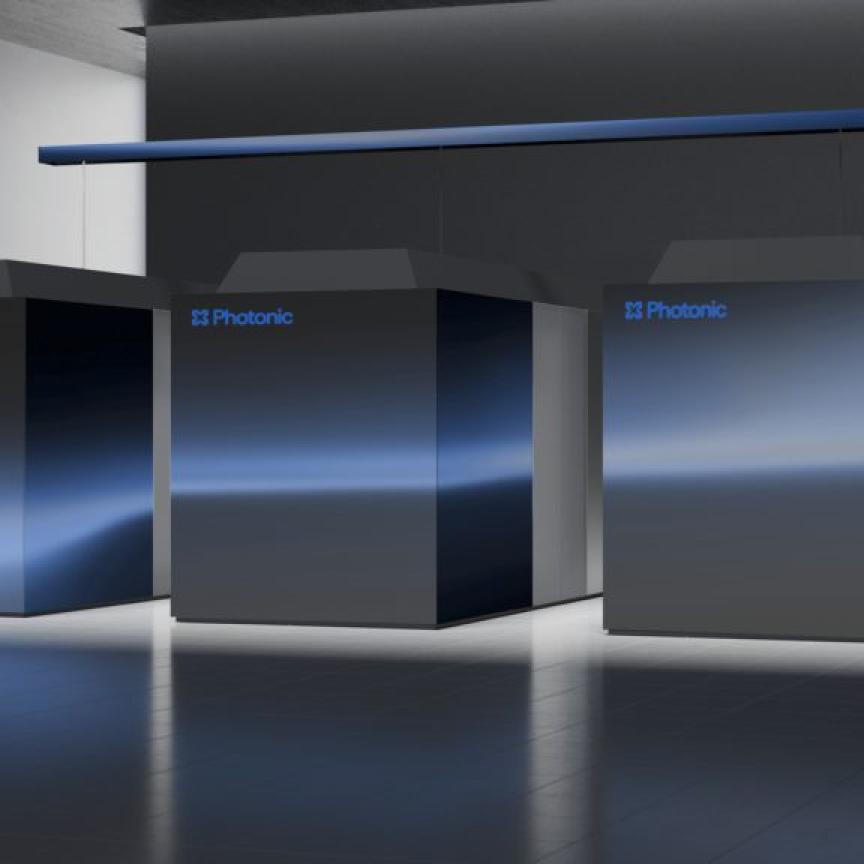A laser ranging interferometer is being developed for NASA’s Gravity Recovery and Climate Experiment Follow On mission (GRACE-FO) to measure changes in the Earth’s oceans, groundwater and glaciers. The laser instrument to be deployed on GRACE-FO, a successor to the original GRACE mission currently in orbit, is expected to provide at least 20 times better precision than the existing microwave system.
Launched in March of 2002, the GRACE mission is accurately mapping variations in Earth's gravity field. The gravity variations studied include: changes due to surface and deep currents in the ocean; run-off and ground water storage on land masses; exchanges between ice sheets or glaciers and the ocean; and variations of mass within Earth. Another goal of the mission is to create a better profile of Earth's atmosphere.
The current spacecraft consists of two identical spacecraft that fly about 220km apart in a polar orbit 500km above Earth. It maps Earth's gravity field by making accurate measurements of the distance between the two satellites, using GPS and a microwave ranging system.
The GRACE-FO mission, scheduled for launch in 2017, will also consist of two satellites that use the same microwave ranging system. However, NASA will also test an experimental instrument using lasers instead of microwaves, which promises to make measurements of their separation distance at least 20 times more precisely.
A consortium of US and German institutions will produce hardware for the laser ranging interferometer to be flown on the GRACE Follow-on mission. Aerospace company Ball Aerospace and Technologies has provided laser frequency stabilisation reference flight units to NASA’s Jet Propulsion Laboratory (JPL), which will constitute a subsystem to be part of the high-precision Laser Ranging Interferometer.
The flight units were developed as part of NASA’s Instrument Incubator Programme (IIP), which focuses on technologies that lead to future flight instruments, which are smaller and require fewer resources and less time to build. Ball’s contribution to the mission builds on the company’s instrument expertise and small satellite tailoring experience.
Related stories
Lidar laser to be supplied for NASA climate research
Further information

